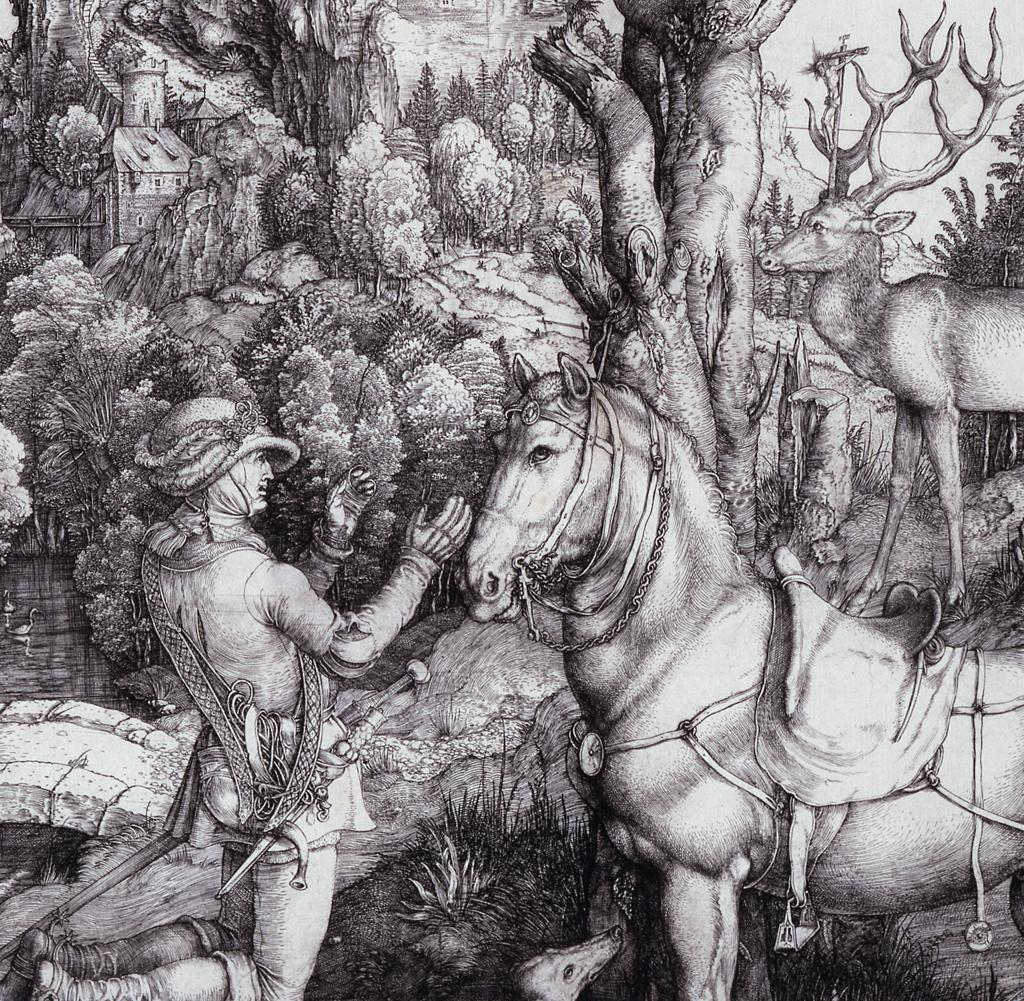A Vision in the Forest: Nature Works on Paper by Albrecht Dürer
The German native, Albrecht Dürer (1471-1528), was the most innovative artist working north of the Alps during the Renaissance. His technical skills were unparalleled, and by 1500, only a few years in to his artistic career, he was already acclaimed as the German Apelles. He is renown as the artist that revolutionized the art of printmaking, yet he experimented with multiple types of media, and some of his greatest contributions are his drawings and watercolors. Emperors, artists, and private collectors consumed Dürer’s valuable artworks at an international level during and after his lifetime. Dürer engendered a phenomenon known as the ‘Dürer Renaissance’ that involved the avid imitation and emulation of his works in the latter stages of the sixteenth century. Dürer achieved to convey details with delicate precision in his prints and watercolors, and court artists were commissioned to imitate his style and copy his works.
Nature is the setting for witnessing a spiritual vision in the story of St. Eustace, and for someone who admired nature as greatly as Dürer did, it also served as the principal source of guidance for his artworks throughout his career. In his writings, Dürer declared every element in nature beautiful and worthy of artistic study. His fondness for nature led him to produce nature studies as independent works of art, a practice that was nascent at the time. The current exhibition showcases Dürer’s famous engraving St. Eustace (c. 1501) as its centerpiece. By juxtaposing St. Eustace with various independent nature studies that Dürer produced, this exhibit endeavors to reveal the process behind the artist’s creation of complex and multi-faceted masterworks for dissemination in print.
In his quest to represent God’s creations, Dürer observed nature minutely in order to understand it to the best of his knowledge. During the Renaissance, recreating an object or artwork directly from nature was a key factor in validating its authenticity as being true-to-life. Some artists enjoyed more success than others at creating lifelike images. Dürer’s methodology consisted of bringing his working tools outdoors, and visualizing his subject firsthand – away from the studio – an approach he undertook before natural historians adopted it for scientific learning. This allowed Dürer to capture the subtle nuances of nature and to present details in his works in a refined manner, even if he polished his images in his workshop afterwards. Viewers can readily engage with his works because they figure man’s presence in nature. Dürer did not produce studies from life for scientific purposes but rather in order to glorify nature [and God] through his own artistic study.
Credits
Maxime Valsamas
